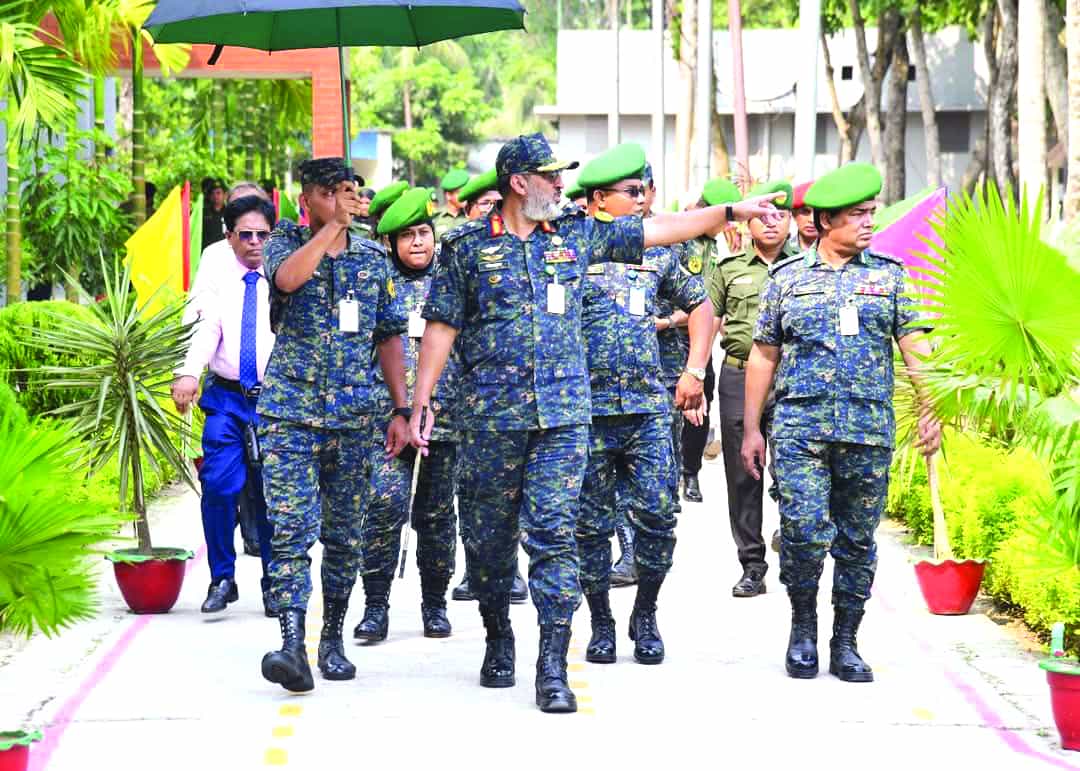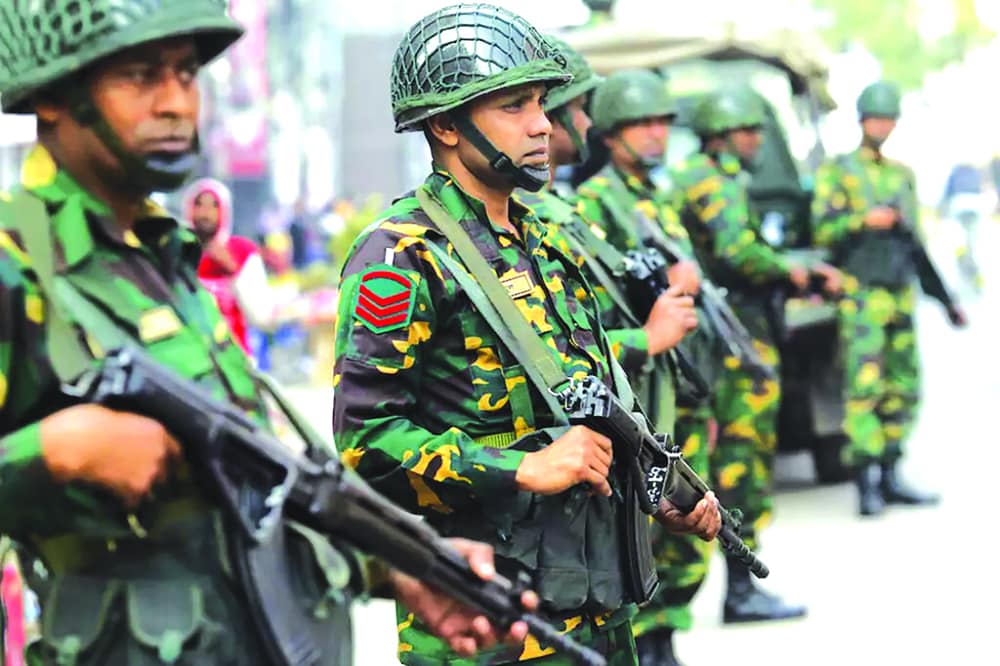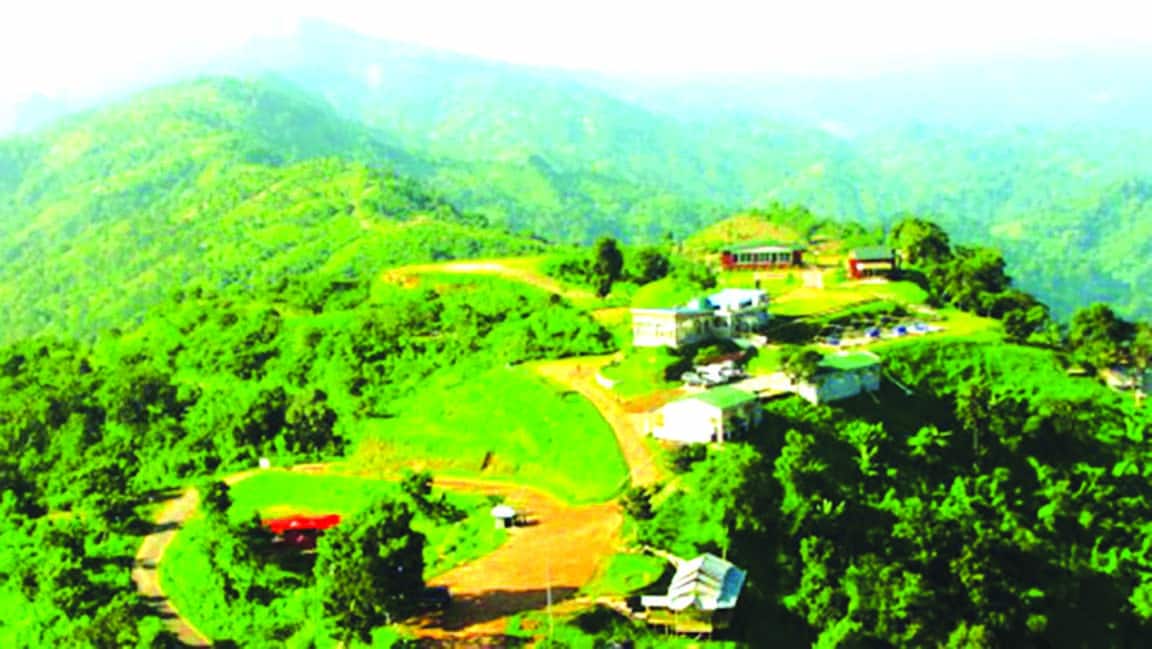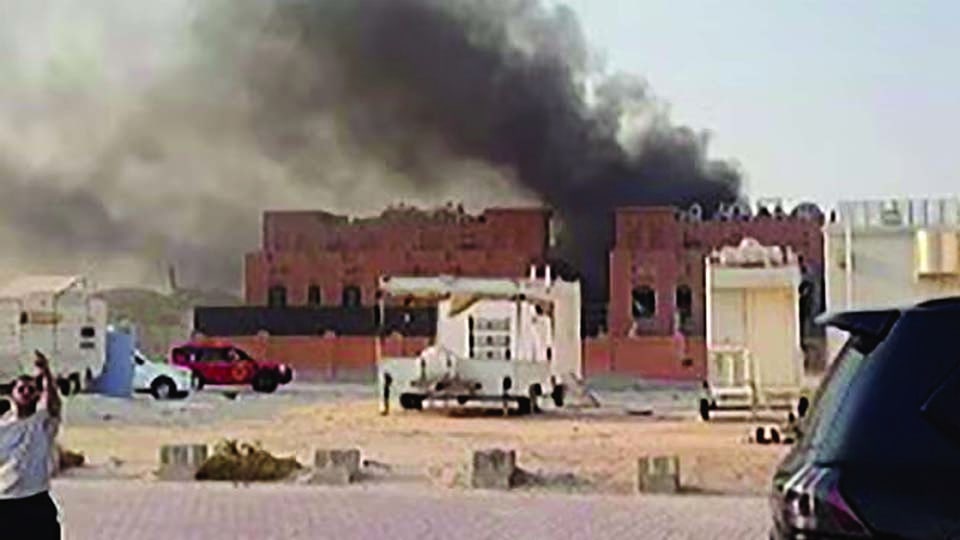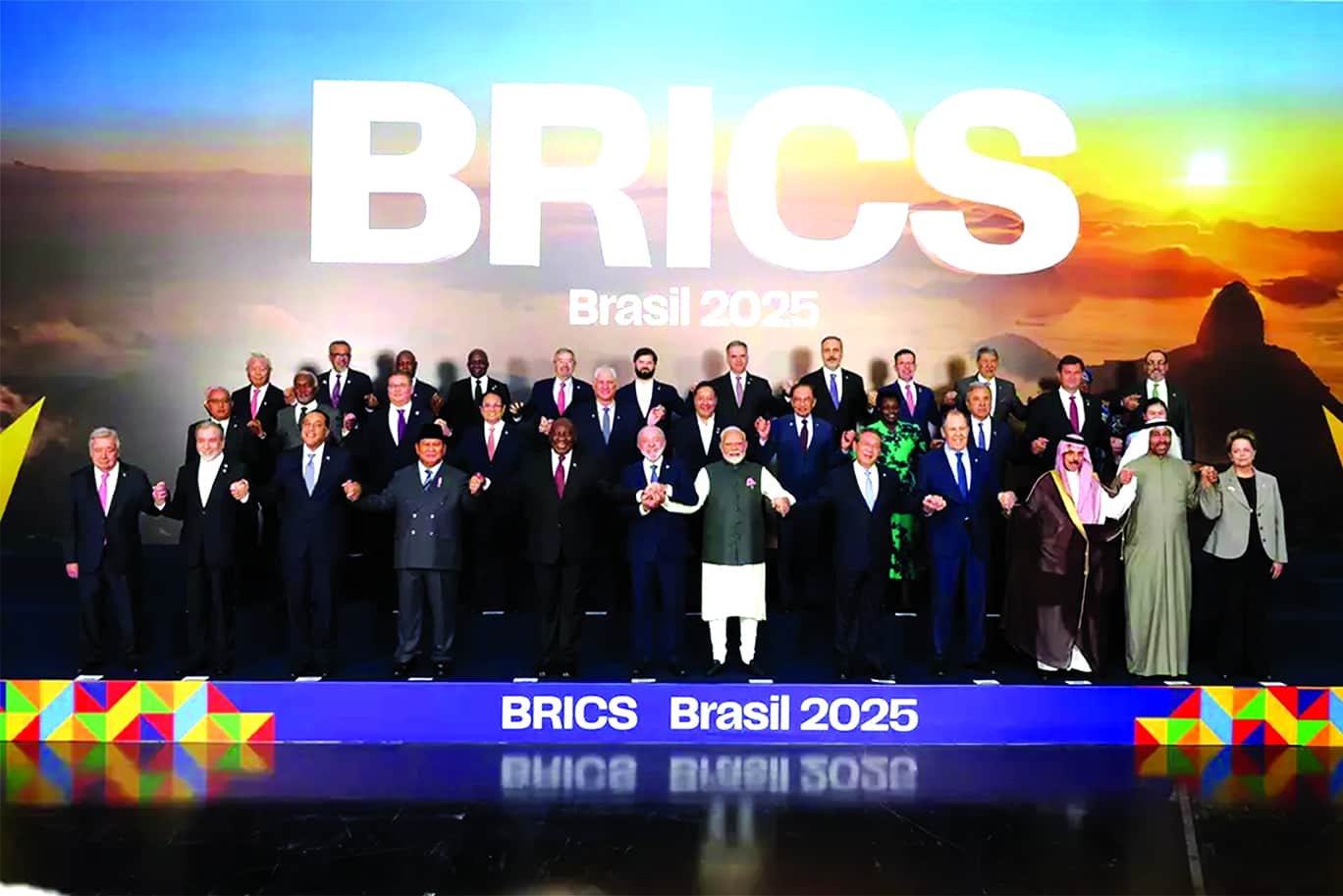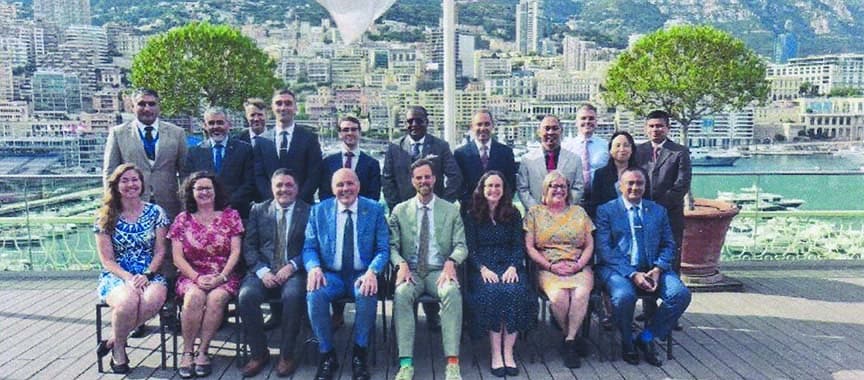Recent Air War: Lessons Learnt for Bangladesh
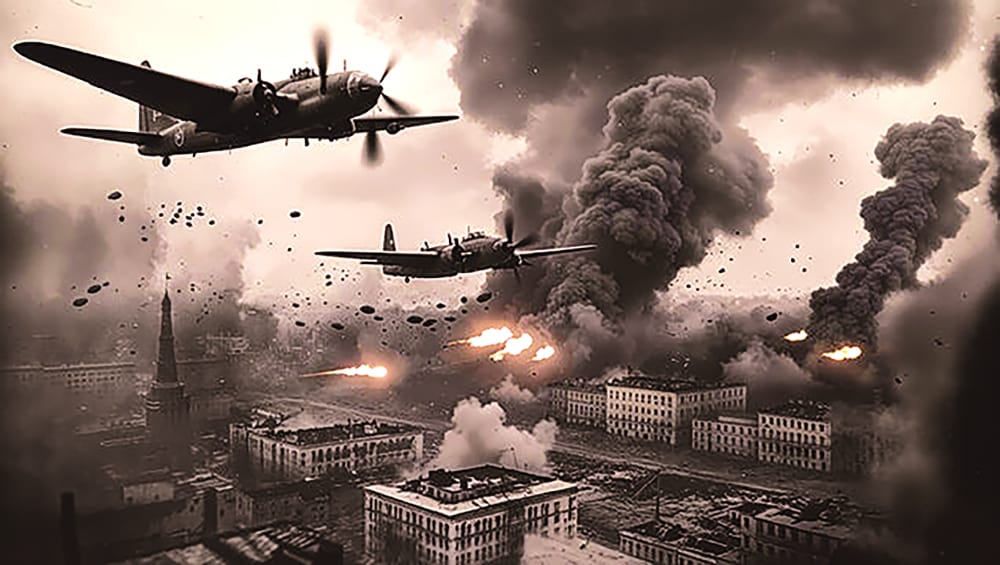
Air Chief Marshal (Retd) Masihuzzaman Serniabat, BBP, OSP, ndc, psc
former Chief of Air Staff of Bangladesh Air Force (2018-2021).
As I walked in the players lounge of Kurmitola Golf Club, I found one of my very favorite Staff College DS seating with a bunch of his friends. They immediately got hold of me and battered me with a series of questions. Is it true Pakistan has shot down Rafale? So, can we say that J-10 is the best? And so on. I humbly asked them to study the report from both sides to come to a conclusion. As for me, and my understanding, I told the summary of my analysis:
The total episode or encounter that took place definitely shows success of the PAF in shooting down IAF fighters while they took some hit on the ground as per the proof coming up in independent sources and from the specifics reported. We have to remember that success comes to the prepared. Pakistan prepared Battlespace in all domains and at all levels. So, J-10C Chinese fighters firing the Pl-15 missiles beyond visual range succeeded in the greatest ‘Beyond Visual Range Aerial Battle’ of recent times! It has come about through meticulous integration of all aspects of modern warfare, C4ISR, Cyber, Space and Intel. It is not a specific aircraft or the missile with greater range, but it is the capability to fuse system of systems into one ‘Kill Chain.”
Now, is it staying away from the detection of high-flying AWACS of IAF by flying low in the valleys, then popping up to fire FOX 3, on the enemy on data link information from the own SAAB2000 detected IAF fighters. The missiles were guided by data link -17 developed indigenously, a type of loose lock on and guidance where the terminal guidance is on the missiles own radar which was switched on once close to the target. It means firing from around 200 km distance and missiles own radar coming on around 13 km distance. The information could have come from Chinese satellites that fighters are getting airborne. If unaware, too late to counter Rafael’s spectra jamming system. Spectra could not, due to not having info of Chinese BEIDO satellite system frequency. Or is it the intel failure on the Indian side where they could not anticipate the range of the PL-15 that PAF got from China. Or is it the Rules of Engagement that hold the key to success. That is kill the attacker, no matter where they are. Therefore, this time all the downed planes were inside Indian controlled territory. We always think of fighting on our own soil, why! If war is forced on us, we have the right to defend no matter were.
If we think of integrated or layered air defense, we in our country do not have the necessary depth to do that. So, if the enemy has released the bombs, we need to shoot to kill taking the fight to them. It could be in the land domain, for example, if the enemy has bordering bases within our artillery range, an integrated plan has to be there to take the base down by artillery barrage. Simultaneous offensive cyber action needs to be there while space domain needs to be countered both in cyber and electronically and non-kinetic and kinetic means should be used.
We lack in many respects, but at least we can develop UAS systems (whether off the self) or procure cheap ones to saturate enemy defenses once they embark on moving against us. We do have the legendary talent of changing dual use systems into truly war machines’ as we did in 1971. If we are fighting with pistols when the enemy has guns, we need to go close, by continuously doing the beaming tactics (maneuvering) and shoot. If the enemy can reach us in three minutes, we have to be facing them in two minutes. That’s the reason with the present systems of weapons; we have to be close to the vital installations we want to protect. Some may ask, why not have a system of surface to air missiles to neutralize the enemy fighter bombers? To answer that, one has to think about looking at the encounters/battles that took place recently. Could the S-200 SAM system protect the Ukrainian power plants? Or the Indian side Bases?
Why is the fighter important, rather why is the fighter and EW aircraft combination important? It is important to fight back if attacked and it is more important to project a posture of credible capability to counter attack if attacked in order to create a situation for peaceful coexistence. In other words, ‘Credible Deterrence’ should be fostered to have an unhindered spree of development. However, a combination of systems could be the optimum solution provided that we can link them up in our principle of fighting coherently and orchestrate a system of systems where all domains of land sea and airspace assets are connected seamlessly to neutralize enemy units and installations.
Could it be done planning at the operational level only. No. It has to be conceived and ingrained in each of the players in the battlefield. Firstly, the battlespace has to be shaped to take the enemy to the space of own choosing and in the background has to be warriors who were trained together in perfect bondage and fine-tuned to accept each other’s communication whether through the Link or through the normal voice channel. PAF fighter pilots and the controllers are trained likewise. The Combat Commanders School Trained a bunch of leaders in flight in domains of all types of warriors. Today’s AI dominated fast changing Battlespace needs Star war type people proficient in the Cyber, Intel and in the Cockpit and in the scope as well because they are confident of each other and could do the job well.
This brings us to the point of analyzing some countries who could prevail when all around there had been fights on. Sweden for example, developed its own manufacturing war weapons and could be neutral in both the world wars. Did it hamper its economic development? No. Because many of the products could find their place in the civil domain also. They were dual use and were the byproducts of military efforts. The same happened in the big countries also. Now, Singapore was a fishing village, to grow and rather to exist, it had to have the whole city (not larger than Dhaka) regimented and develop its military parallelly along with economic development through free port and free market enticing many FDI from Japan and the EU and others in the 80s. When the others were going for nationalization, Singapore went for free market and privatization thus attracting FDI. But at the same time, it kept its defense posture far better than that of the neighbors. None could dare to intervene or interfere. At some point it even defied the mighty USA also. It lacks depth, so what? It has its bases in other countries, like Australia!
Peace does not come about for nothing. It has a cost. For us, while we develop, we have to invest in R&D and develop our own capability of manufacturing and also embark on having the latest version of things not only the fancy one but combinedly fused to deliver our freedom. It means we have to be united when the question of Bangladesh comes and should be unanimous in standing up together.






